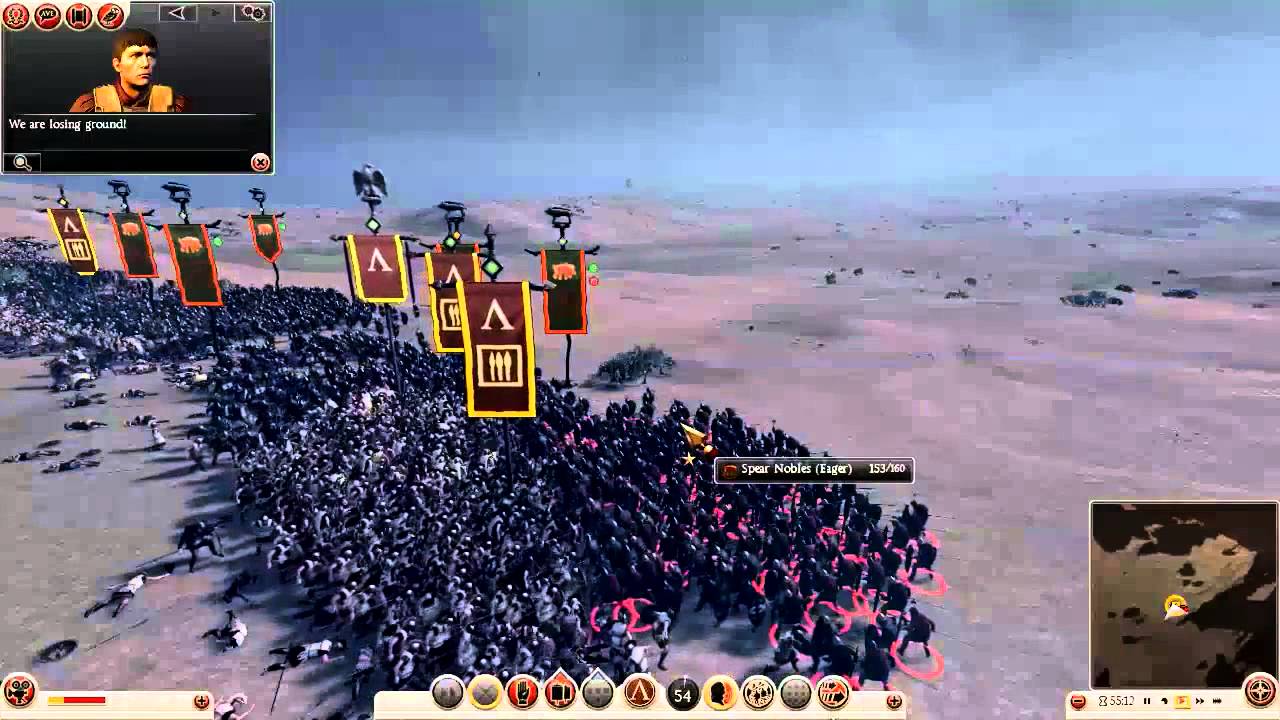
As such modders could then build tools that manipulated that data for their own purposes. This was relatively easy for a modder to accomplish given that the earlier entries in the series left much of the data that drove gameplay exposed in the installation. Rome is also the beginning of a long and storied history of mods being built for Total War.

As mentioned in part 1: the campaign AI is state-based and rather reactive in nature, meaning it isn't ideal when you need to consider long-term decision making, given these approaches seldom consider the history of actions previously taken and the long-term ramifications.ĭespite these issues, it was still a valuable and fun entry in the series and one that has developed a very strong fan following. In part this is can be attributed to the longer and more thoughtful progression of actions that are needed in order to build and scale your own corner of the Roman empire. This is most notable in the campaign segments, where the AI struggles to be as effective in this richer and more interesting set of diplomacy mechanics. However, it's also where some of the cracks were starting to show in the gameplay. It's the entry that propelled the series from niche strategy sim to a full-blown blockbuster IP. This third entry in the series brought a 3D diplomacy map as well as fully rendered 3D units to the franchise as it moved to 270BC Italy: the birth of the Roman empire. Rome and the Rise of the Modding CommunityĢ004's Rome: Total War brought both gameplay changes as well as a significant graphical overhaul. So let's look at the subsequent releases in the franchise and watch the evolution of war take place. But this is just the beginning of a long journey improving and rebuilding the AI systems behind the franchise, both from within The Creative Assembly itself, but also from the Total War fanbase.

I concluded part 1 with 2002's Medieval: Total War: a game that refined and improved the core systems Shogun established. Shogun defines three specific layers of AI systems: the unit AI that controls individual troops and keeps them in formation and on point, the combat AI that groups and sets formations to units and the campaign/diplomacy AI that conducts the turn-based strategy seeking to take control of feudal Japan.


In part 1 of this series I looked at Creative Assembly's 2000 release Shogun: Total War - a game that redefined real time strategy games. Welcome to part 2 of the AI of Total War.


 0 kommentar(er)
0 kommentar(er)
